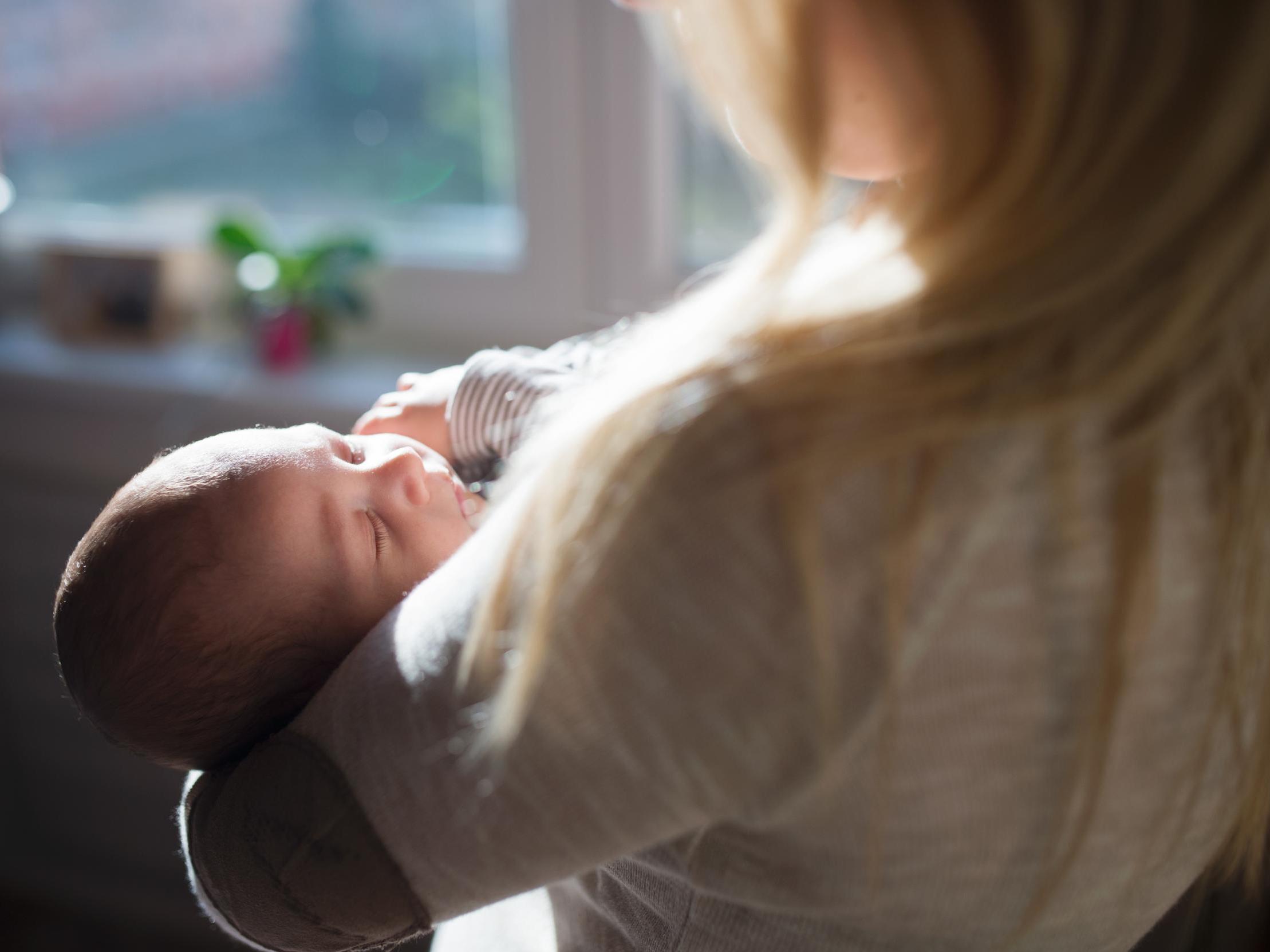Babies ingest at least 10 times more microplastics than adults, study finds
Infants have higher exposure to plastics from their food, toys, and environment, researchers say

Your support helps us to tell the story
From reproductive rights to climate change to Big Tech, The Independent is on the ground when the story is developing. Whether it's investigating the financials of Elon Musk's pro-Trump PAC or producing our latest documentary, 'The A Word', which shines a light on the American women fighting for reproductive rights, we know how important it is to parse out the facts from the messaging.
At such a critical moment in US history, we need reporters on the ground. Your donation allows us to keep sending journalists to speak to both sides of the story.
The Independent is trusted by Americans across the entire political spectrum. And unlike many other quality news outlets, we choose not to lock Americans out of our reporting and analysis with paywalls. We believe quality journalism should be available to everyone, paid for by those who can afford it.
Your support makes all the difference.Babies have almost 15 times the level of microplastics in their bodies than found in adults, a new study suggests.
Microplastics are less than 5mm in size and are often released into the environment and people’s homes from having broken off from a larger body of plastic objects or materials.
Researchers used mass spectrometry to measure the concentrations of PET (polyethylene terephthalate) and PC (polycarbonate) in faeces samples from six infants and 10 adults, as well as three samples of newborn babies’ first stools – in the study by the New York University School of Medicine.
In all samples, microplastic fibres were found. PC levels were about the same in adults and babies but the PET levels were about 14 times higher in babies.
Researchers believe that higher levels of PET in babies could be the result of babies’ exposure to products like dummies, and crawling on carpets that contain the chemicals.
Lead author Professor Kurunthachalam Kannan said that children’s products should be made from safe materials other than plastic to reduce children’s exposure to microplastics.
He also said: “Although average levels of faecal PC microplastics were similar between adults and infants, infant stool contained, on average, more than 10 times higher PET concentrations than that of adults.
“High concentrations of microplastics in the faeces of one-year-old infants can be attributed to extensive use of plastic products/articles such as baby feeding bottles, sippy cups, utensils such as spoons and bowls, plastic teethers, and toys, among others, during that growth stage.
“One-year-old infants are known to frequently mouth plastic products and clothing.
“In addition, studies have shown that infant formula prepared in bottles can release millions of microplastics and many processed baby foods are packaged in plastic containers that constitute another source of exposure in one-year-old infants.
“Furthermore, textiles are a source of PET MPs (microplastics). Infants often chew and suck cloths, and therefore, exposure of this age group to MPs present in textiles is a greater concern.
“Carpets made of PET and PP (polypropylene) can be another source of MP exposure, as infants crawl on the carpeted surfaces frequently.”
Prof Kannan said that more research needs to be carried out as the study – involving just 19 samples – was very small.
The research is published in the American Chemical Society’s journal Environmental Science and Technology Letters.





Join our commenting forum
Join thought-provoking conversations, follow other Independent readers and see their replies
Comments